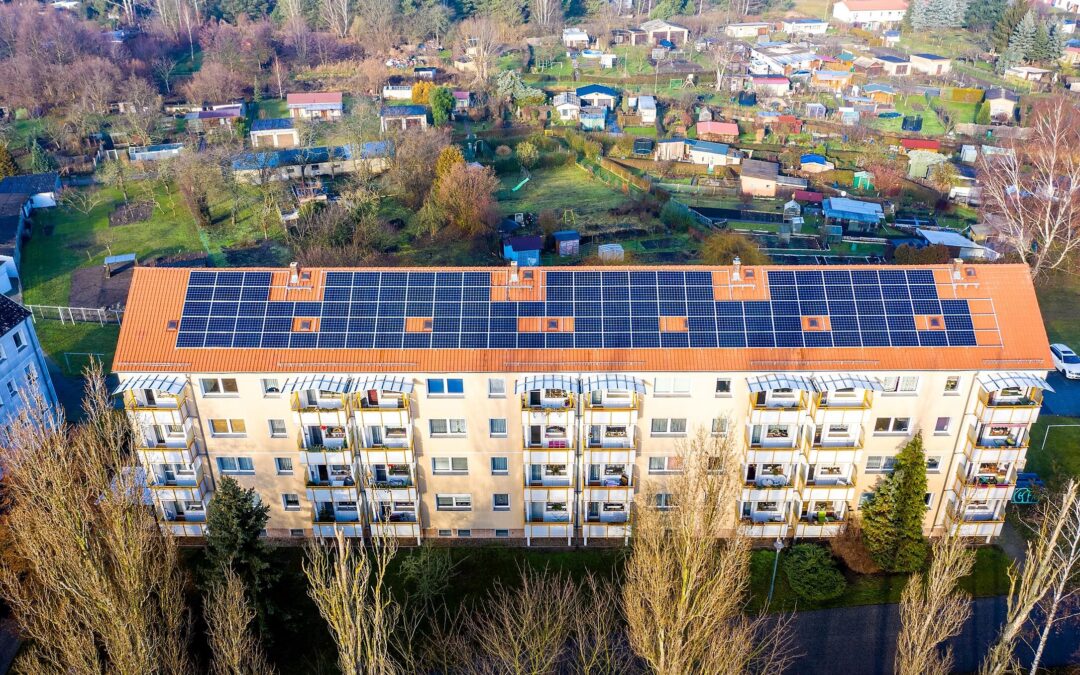Micro-installations – small systems that produce renewable energy up to a capacity of 50kW – contributed more than twice as much power to Poland’s electricity network last year than in 2021. The country has seen a particular boom in home solar installations thanks to a popular state subsidy scheme.
New data from the Energy Regulatory Office (URE), a state body, shows that micro-installations supplied 5.77 TWh to the grid in 2022, up from 2.76 TWh in the previous year. The regulator warns, however, that the country’s energy network “urgently” needs to be upgraded to handle continued growth.
W ślad za przyrostem mocy zainstalowanej wzrasta produkcja energii. W 2022 roku wytwórcy energii w mikroinstalacjach wprowadzili do sieci dystrybucyjnych prawie 5,8 TWh energii. To ponad dwukrotnie więcej niż w 2021 r.
Komunikat ➡ https://t.co/nipPhiWQco pic.twitter.com/kBnB3OwU8g
— Urząd Regulacji Energetyki (@UREgovPL) March 20, 2023
By the end of 2022, there were 1.2 million micro-installations with a total installed capacity of 9.3 million GW, 99% of which comes from photovoltaics, reports URE. Prosumers – individuals who both produce and consume energy – account for 96% of the total installed capacity of micro-installations.
Micro-installations benefit from greatly simplified paperwork to install and run. Moreover, households can benefit from subsidies for the installation of photovoltaic panels or energy storage thanks to the government’s Mój Prąd (My Electricity) programme, which has led to a boom in home solar panels.
Last year, Poland installed more solar capacity than any country in the European Union apart from Germany and Spain.
Poland has installed the EU's third-highest amount of new solar power capacity this year.
"Poland’s solar performance has been remarkable," writes @SolarPowerEU https://t.co/wBIVuEZYdK
— Notes from Poland 🇵🇱 (@notesfrompoland) December 20, 2022
Since 2018 – the year before the Mój Prąd programme began – there has been a 4,200% rise in electricity introduced to the power grid by prosumers. However, a senior URE official warned earlier this year that Poland needs to significantly upgrade its network if it is to fully benefit from renewables.
Grid operators, for example, often have to ask wind farms – another growing element of Poland’s energy mix – to reduce their power production due to grid constraints.
They also warn that the growing number of prosumers and volumes of energy entering the grid from domestic micro-installations is making it harder to manage infrastructure.
Poland generated 40% of its electricity from wind on 31 December, a new record.
The figure would have been higher had the grid operator not ordered wind farms to reduce output as the system was unable to use or store surplus energy being produced https://t.co/BJi5T2CuGs
— Notes from Poland 🇵🇱 (@notesfrompoland) January 6, 2023
That message was repeated by URE’s president, Rafał Gawin, yesterday along with the release of the new data.
“The importance of this type of distributed generation in our country will increase,” he noted. “However, the introduction of such a capacity of micro-installations into the power system requires an urgent adaptation of the network infrastructure.”
Despite the rapid development of solar and wind power in Poland over the last decade, however, the country continues to have one of the EU’s most polluting energy sectors, with around 70% of electricity generated from coal.
Poland is expanding a programme offering subsidies to households for green energy investments.
The amount of money available per project will be doubled and eligible technologies will be expanded to include heat pumps and solar thermal collectors https://t.co/VCEVgrMg6w
— Notes from Poland 🇵🇱 (@notesfrompoland) March 20, 2023
Main photo credit: Solarimo GmbH / Pexels

Alicja Ptak is deputy editor-in-chief of Notes from Poland and a multimedia journalist. She has written for Clean Energy Wire and The Times, and she hosts her own podcast, The Warsaw Wire, on Poland’s economy and energy sector. She previously worked for Reuters.




















